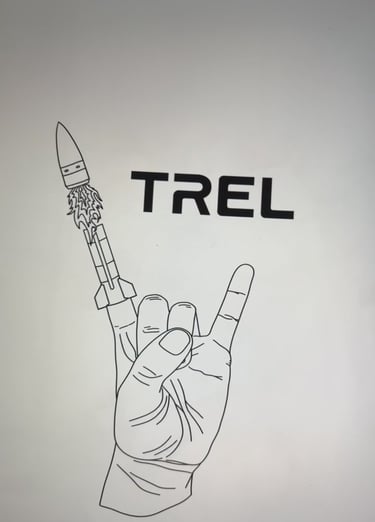Texas Rocket Engineering Lab (TREL)
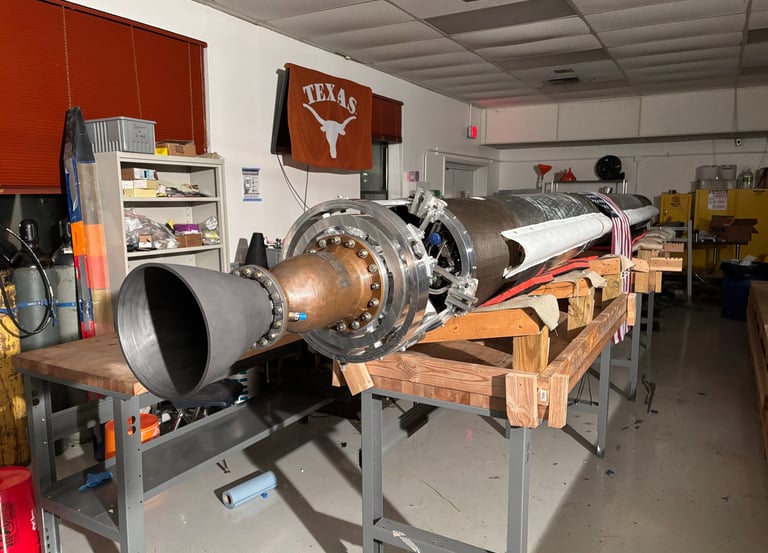

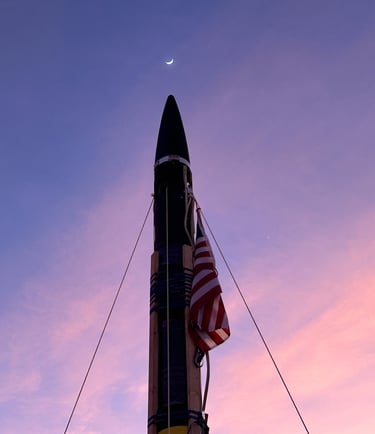

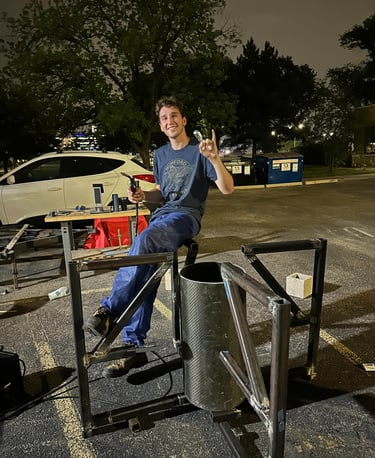

The Texas Rocket Engineering Lab (TREL) is an interdisciplinary, student-led research group at UT Austin currently building Halcyon, a liquid bi-propellant rocket designed to reach the Kármán Line (~85 km). Supported by Firefly Aerospace and guided by industry mentors, it provides undergraduates like me the opportunity to design, build, and test rockets at a scale comparable to professional aerospace projects.
Lab Overview
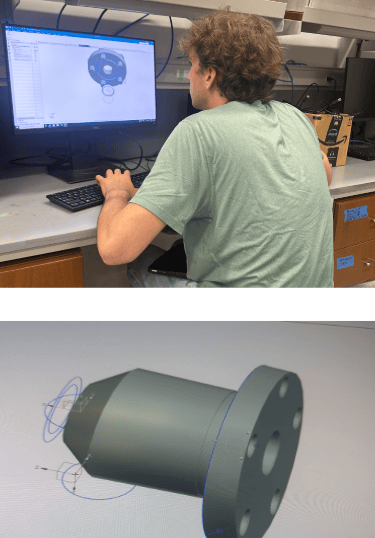

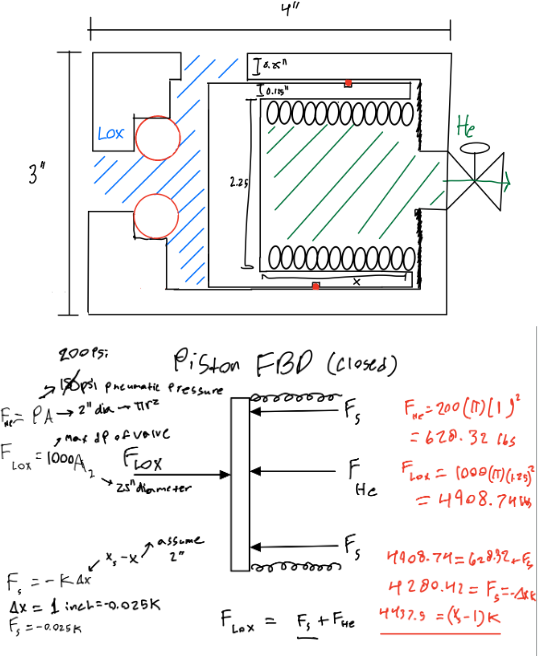

I began my involvement in TREL through the Skunkworks program, which introduces new members to fundamental rocketry concepts and hands-on skills. This early experience gave me the chance to learn from upperclassmen, tackle design challenges, and gain exposure to the scope of Halcyon. Skunkworks provided the foundation for my transition into subsystem work, where I focused on valve design.
My first technical assignment was designing and machining a liquid oxygen (LOX) sleeve valve for use inside the rocket. I started with sketches and free-body diagrams to verify that the combined spring and helium chamber forces would exceed the external LOX forces. I learned a lot through this process about valves, design, and the importance of FBDs. These analyses guided several CAD iterations where I refined geometry, added chamfers for flow improvements, and accounted for machinability.
Semester 1 - Skunkworks - Liquid Oxygen Valve Design and Machining
To support this work, I completed machining challenges, gaining experience with milling, facing, lathing, edge finding, and precision machining. I also trained with drill presses, bandsaws, drop saws, and laser cutting, and began welding practice to support rocket fabrication. Alongside the hands-on training, I built basic knowledge in stress analysis, hoop stress calculations, cryogenic LOX properties, and valve mechanics.
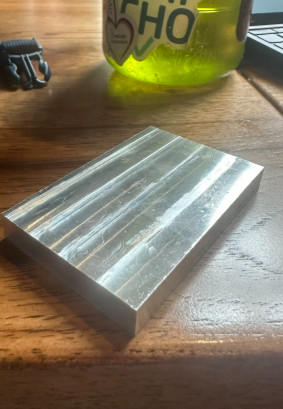

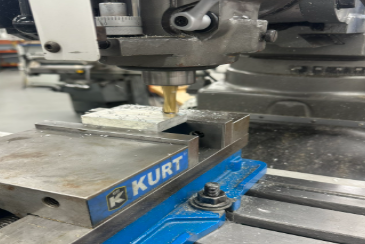

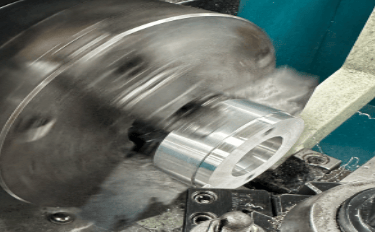



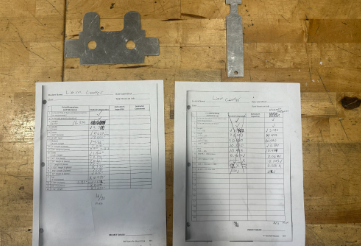

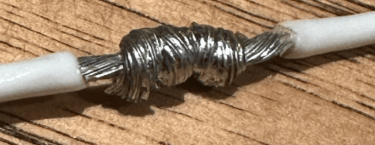
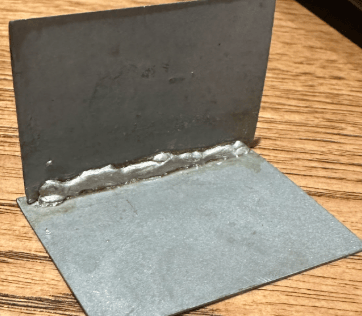

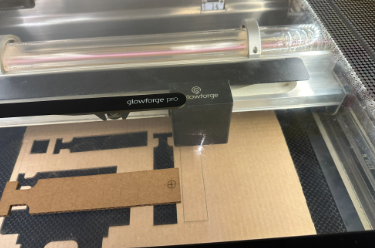


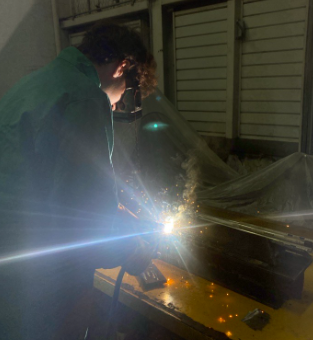
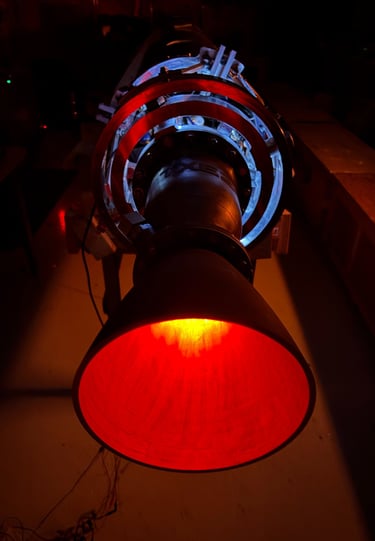

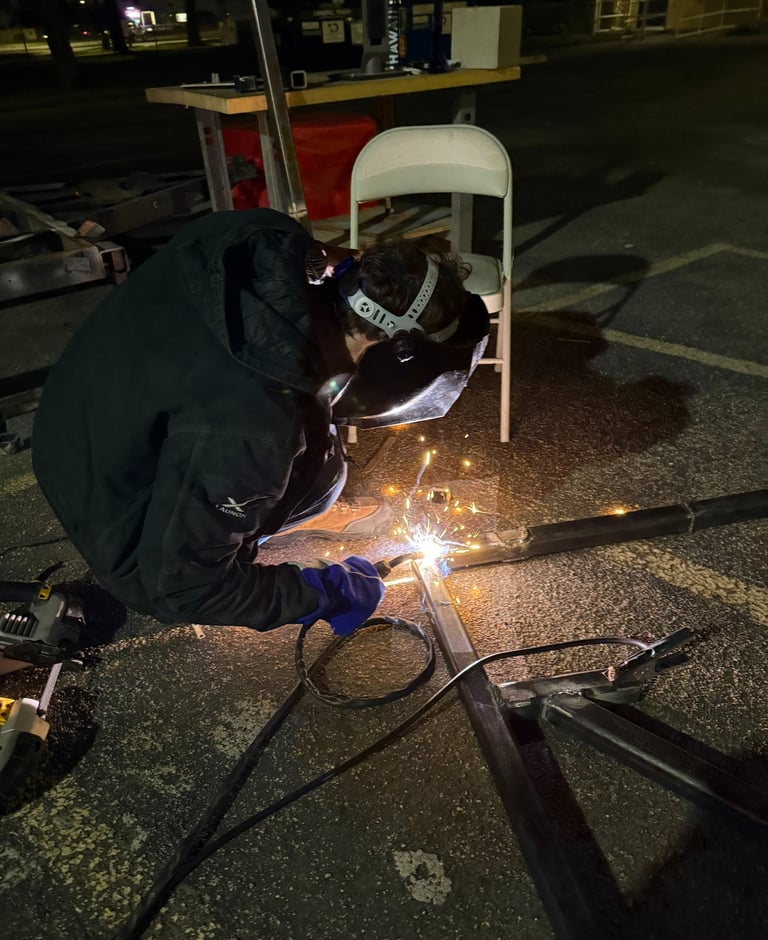

In my second semester, I joined the Rocket Integration Team, where I contributed to assembling and testing major Halcyon subsystems. My responsibilities included designing and creating integrated components, welding structural supports, and collaborating across teams to ensure the proper alignment of interfaces between propulsion, avionics, recovery, and structural systems for testing purposes. Even after cutting my fingertip off during the work, I was giving my time and adapting to those circumstances, as you can see with the 1-handed welding below.
Semester 2 - Halcyon - Rocket Integration Team
A large portion of this semester’s work took place in Pancake, Texas, where we prepared the rocket for testing and launch readiness on a ranch. Countless weekends were spent in challenging weather conditions, including long, cold nights and burning hot days. In pancake, my team and I focused on integrating systems, troubleshooting hardware, and preparing for the largest collegiate static fire attempt in history, moving us one step closer to Launch. This fieldwork demanded both technical precision and resilience, reinforcing the importance of teamwork under high-stakes conditions. One of the biggest challenges my team solved was lifting the 25 ft, 1000 lb rocket vertically.
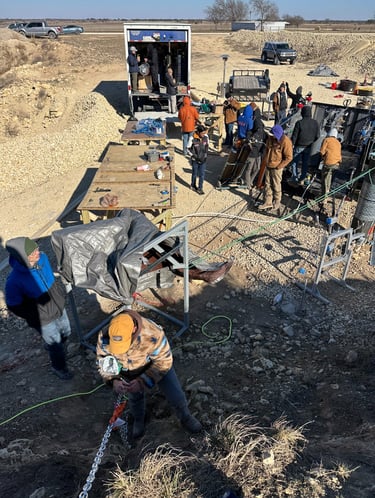

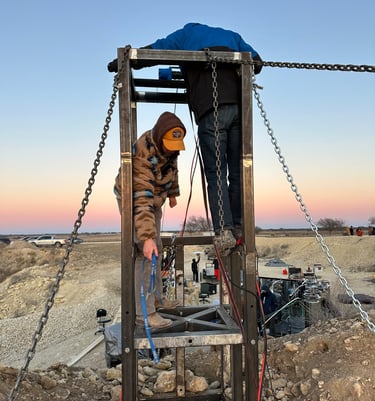

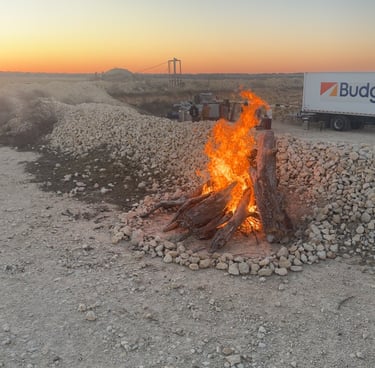

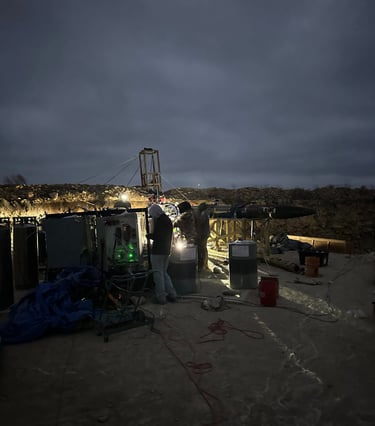

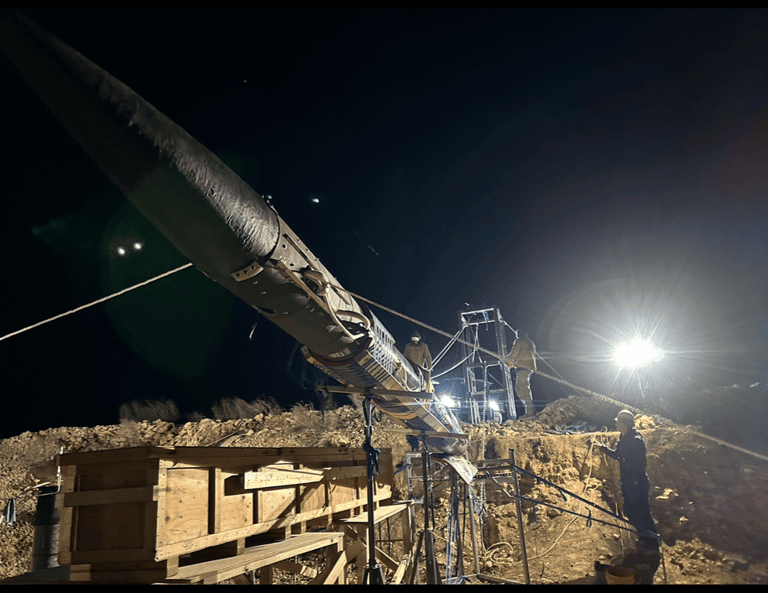

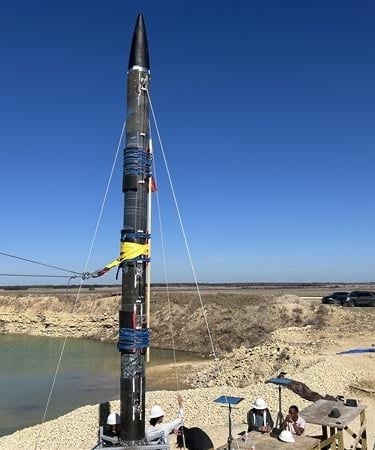

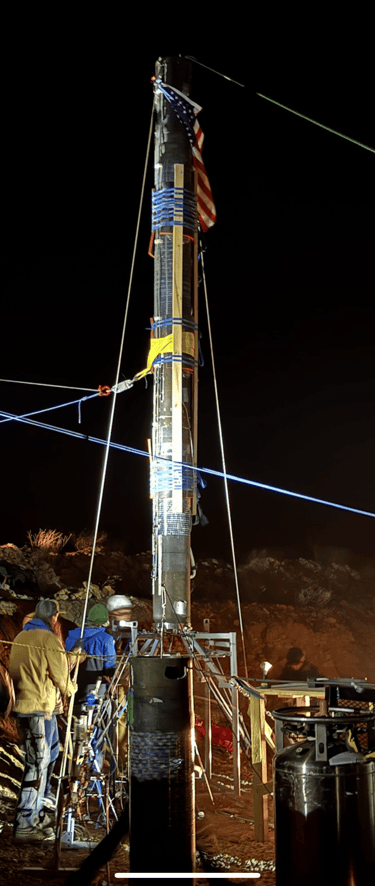

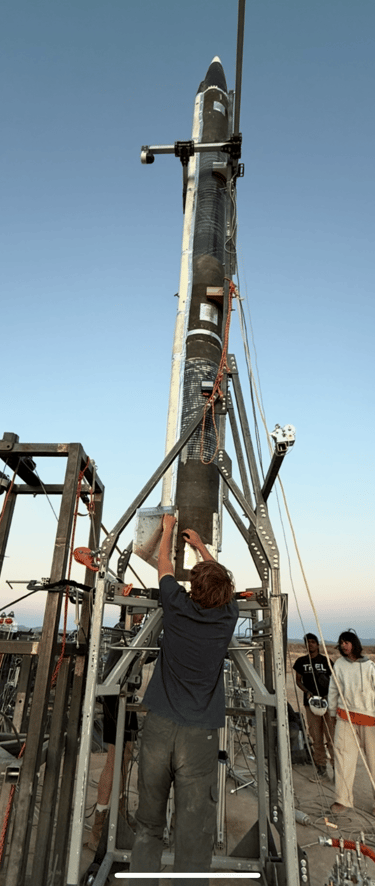
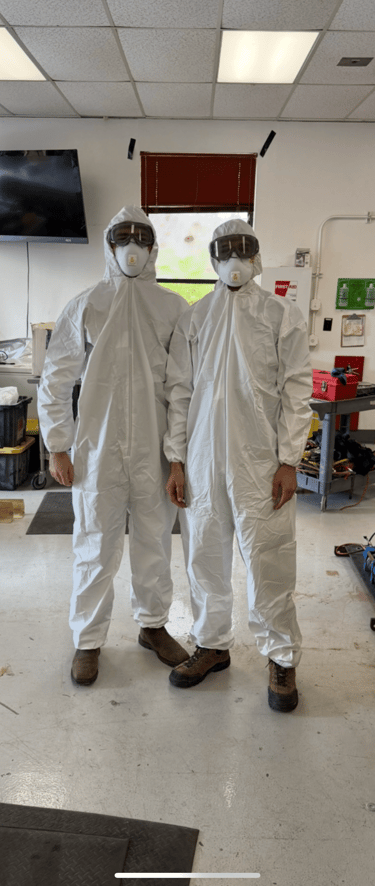

Results and Impact
Through this experience, I grew from a motivated freshman with no prior rocketry experience into a contributor on one of the most ambitious collegiate rocketry projects in the country. My work in valve design gave me a foundation in machining and fluid systems, while my role in rocket integration developed my skills in cross-team collaboration, real-world testing, and systems engineering. I also had to deal with difficulties such as a concussion and loss of a fingertip, but I kept a positive attitude through it all. I even worked with somebody to design this shirt.

